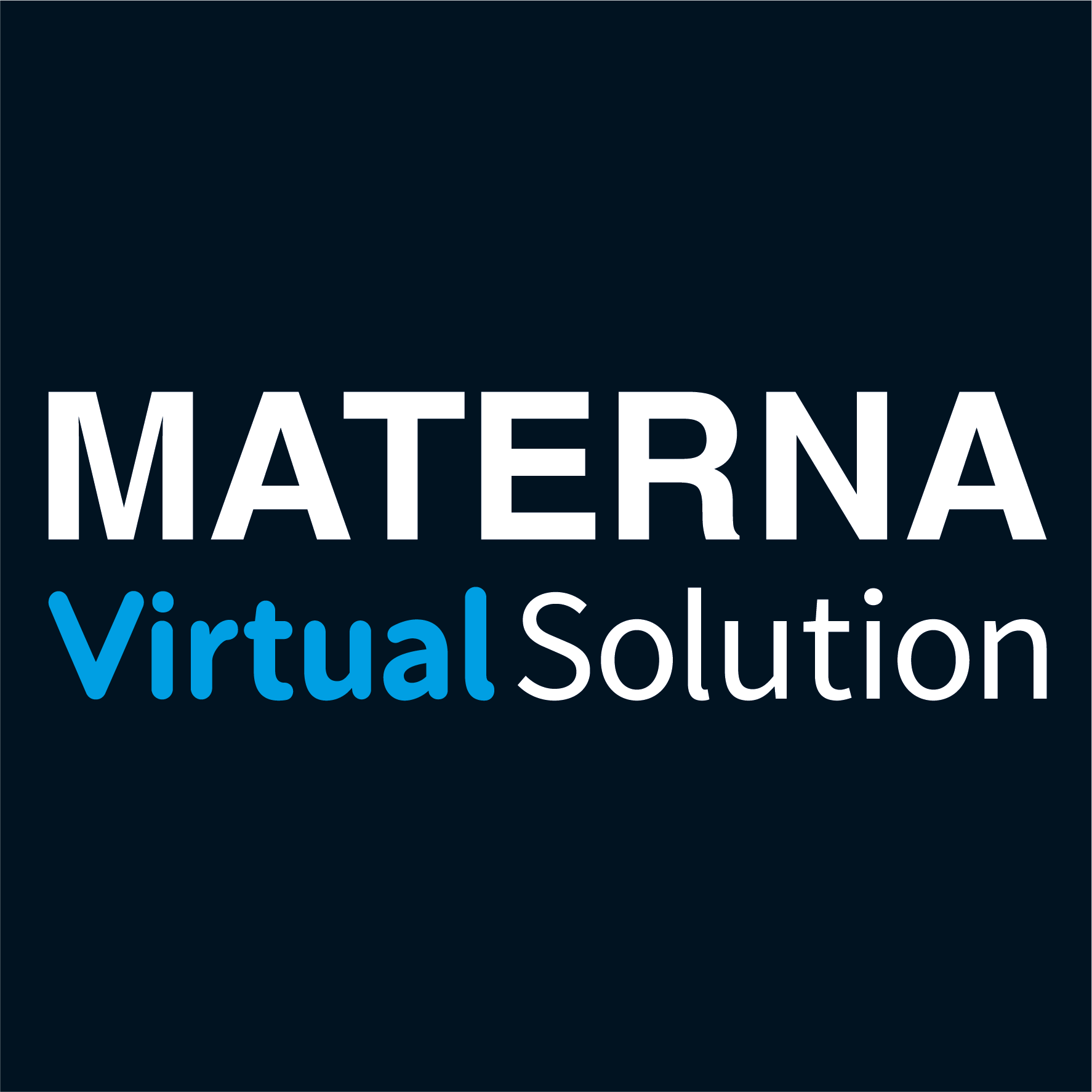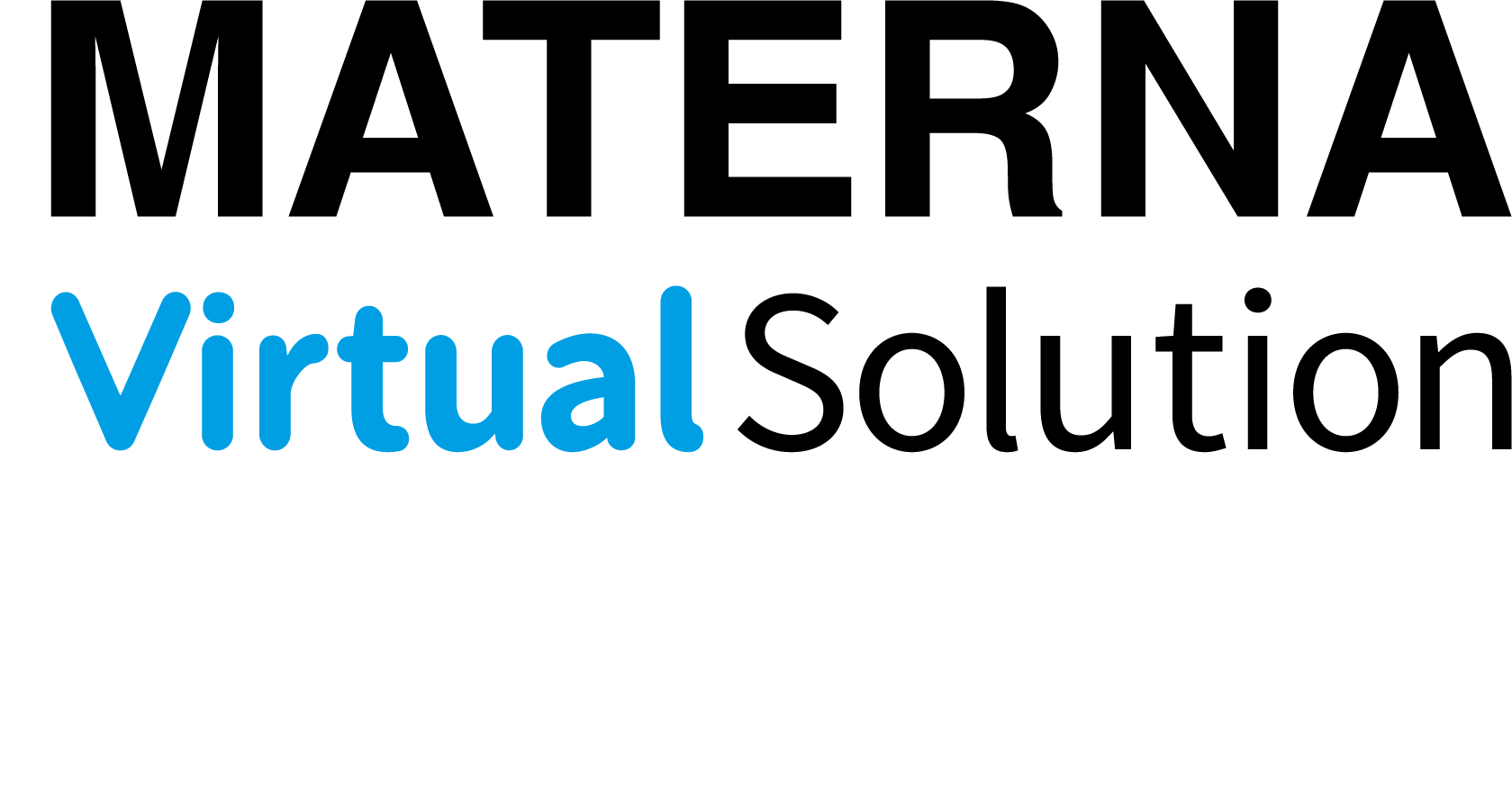The GDPR requires that companies and governmental institutions be able to prove their implementation of protection mechanisms to secure personal data of business partners, citizens, and customers on mobile devices. Even specific certifications, like TISAX®, demand certain measures to protect information – increasingly shared also on smartphones and tables.
All data managed by SecurePIM is encrypted and separated from other data on the mobile device. To protect information on mobile devices, extensive protection mechanisms are applied. This ranges from the encryption of local data on the device, over jailbreak protection, to securing the communication with backend systems. These are the most important protection mechanisms of SecurePIM:
Separation of private and business data via container technology
The SecurePIM container creates a segregated, encrypted area on the device. All corporate and governmental data within this container is encrypted and strictly separated from other apps on the device. No other application
(e.g., Facebook, WhatsApp), system, or unauthorized person can gain access to the data within the container. Thus, data is protected with a password. This encrypted container technology provides companies and governmental institutions an easy to use solution that enables employees to work mobile without worrying about security.
Local encryption
All data within the SecurePIM Container is secured with state-of-the-art encryption (hybrid encryption with RSA up to 4096 Bit or ECC up to 256 Bit and AES-256) and protected with a PIN, password, fingerprint, or face recognition. As part of the approval of the SecurePIM Government SDS system-solution for processing information classified as “Restricted” (VS – NfD), the encryption method of SecurePIM has also been audited by the German Federal Office for Information Security (BSI).
Smartcard integration
The SecurePIM app is secured by the user’s password, PIN, or biometric identification. For strongest security demands, SecurePIM can integrate a smartcard. This protects the data with an additional security protection, in case the device ends up in the wrong hands.
Encryption in transit
Encryption of data in transit ensures that sensitive information is transmitted securely over any network. SecurePIM establishes a secure communication with the following backend systems:
- With MS ActiveSync or HCL Traveler servers via the ActiveSync protocol (TLS encryption)
- With the SecurePIM Management Portal via a web service interface (TLS encryption)
- Communication with the corporate network can be established via the SecurePIM Gateway. The gateway´s security relies on a key-based authentication and does not require a VPN infrastructure, nor VPN profiles for mobile devices. The SecurePIM Gateway checks the user‘s identity and allows access to verified users only.
End-to-end encryption with S/MIME
In order to protect sensitive information from potential spying, SecurePIM can encrypt emails. To do so, the Secure/Multipurpose Internet Mail Extensions (S/MIME) standard is applied. The email remains protected from access by third parties during its entire trajectory, from the moment it is sent until the time of decryption by the receiver and throughout all data links and servers, to make sure that only an authorized person can read the email and its attachments.
The S/MIME standard is applied for both encryption and decryption, as well as for signing and validating the signature in emails. This helps to protect against email phishing and identity theft.
Certificate-based authentication
By means of the activation of certificate-based authentication, access to sensitive systems can be made more secure. Access to the ActiveSync server or intranet applications can be configured based on certificates. SecurePIM not only checks the server certificate, but also the server checks the user certificate.
Client (SecurePIM App) and server thus perform a handshake, in which the communication partners authenticate each other and agree on the cryptographic algorithms to be used. It is then ensured that the identity of the two communication partners is correct.
Central management via SecurePIM Management Portal
All security-related settings of SecurePIM can be centrally managed via its own Management Portal:
- User management
- Defining rules and settings for encryption
- Password and PIN policies
- Defining timeout periods, leading to an automatic log-out
- Remote reset of all sensitive data within SecurePIM container in case of device loss
- Group management and configuration of different security policies for various user groups
- Granting access or blocking data interfaces between SecurePIM and the device
- Further security policies for working within the container (e.g. enabling or disabling functionalities like copy/paste, auto-complete, open-in or screenshots).
These policies help to ensure that the security requirements are met on all mobile devices of the employees. All security-related functionalities can be correspondingly changed, depending on the desired configuration latitude and security level. If desired, SecurePIM can also be managed via an Mobile Device Management solution.
Protection against manipulation
In order to protect data on mobile devices from manipulation, SecurePIM has the capability to quickly identify attacks and prevent access to SecurePIM.
Integrity check
The SecurePIM integrity check provides full control over all SecurePIM versions which users are allowed to use. Every version of the app has a fingerprint that is unique and enables the exact identification of the software. This ensures that only the versions of SecurePIM authorized by the company can be set up and used.
Jailbreak detection
Jailbreaking modifies the device’s operating system and can turn off the security mechanisms of the device. This way a user or an app can get root privileges and have full access to the operating system of the device. Manipulated devices can be detected within SecurePIM. The usage of the SecurePIM app will then be blocked and the container will not be unlocked.


